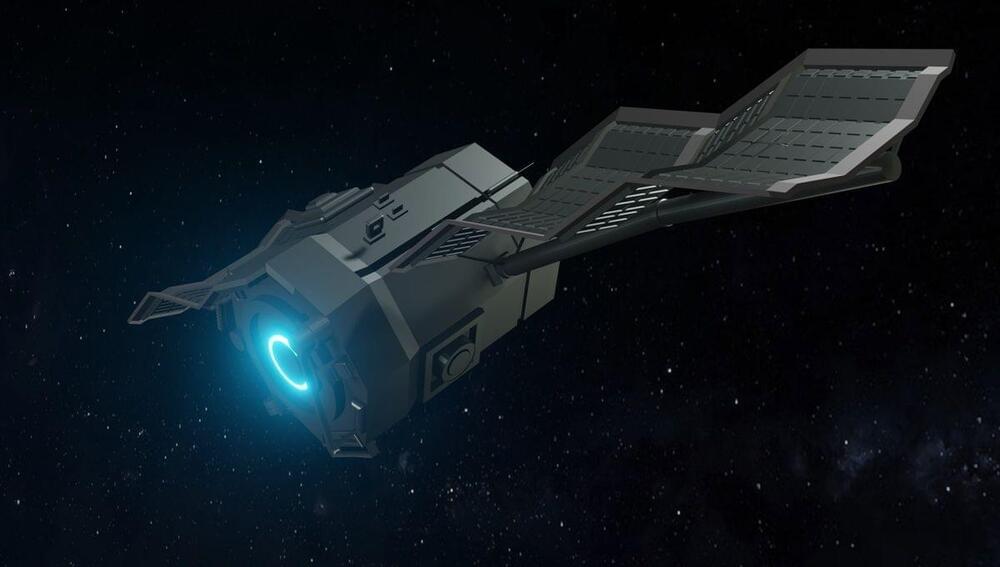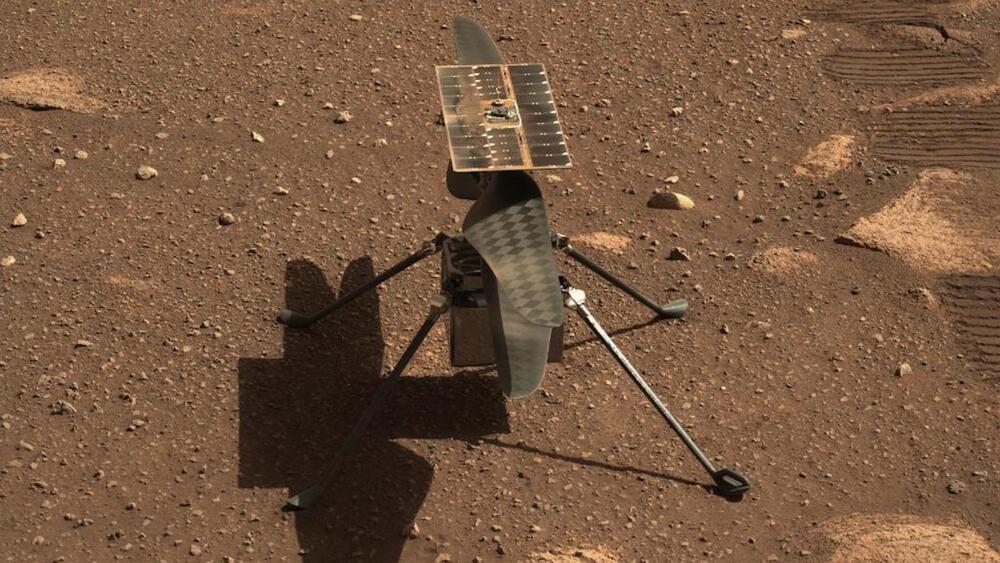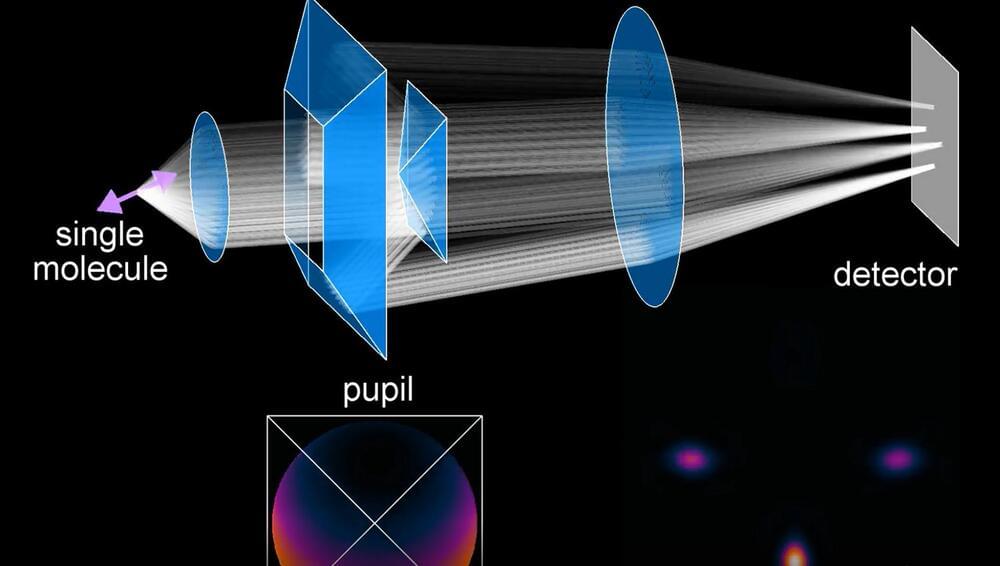Photons come in every wavelength you can imagine. But one particular quantum transition makes light at precisely 21 cm, and it’s magical.



Covering interstellar distances in a human lifetime is far from easy. Going at 1 percent of the speed of light, it would take over 400 years to reach the closest star, and we have not been able to propel any spacecraft even close to that speed. But a new method aims to get to those speeds and maybe more – and it takes inspiration from the mighty albatross.
Chemical propulsion can be very useful in achieving high speeds pretty quickly, but there’s the drawback in that you need to carry the fuel with you, which means you need to be able to generate more thrust to shift the extra fuel and so on. It’s a huge issue when it comes to rocket science. A realistic alternative is ion propulsion, used to slowly and successfully maneuver the Dawn spacecraft, but it would take an equally long time to reach enough speed with such a steady but small acceleration.
Solar sails hold a more intriguing possible approach. Proposals such as the Breakthrough Starshot see lasers used to massively accelerate a spacecraft the size of a credit card to one-fifth the speed of light. But, you need to build a very powerful laser. A similar method using sunlight might also work, although not up to such a high speed.




Scientists have been trying to understand the nature of the cosmos for hundreds of years. Recent technological advances have allowed scientists to gain more insight into the world and have led to new hypotheses regarding how it all works.
Some seem plausible while others are crazy. We’ll be discussing two of the most bizarre, but intriguing, hypotheses about the construction of our cosmos.
How is the cosmos organized the way it is? This topic has been studied by scientists over the years. They have proposed many theories to explain how it works and what is ahead.

But a team including Zhang has a suggestion for what might have caused it: the merger of a neutron star not with another neutron star, as is common for short gamma ray bursts, but with a white dwarf. White dwarfs are larger than neutron stars, but not nearly as big as the massive stars that cause supernovae, which would account for the length and intensity of the unusual burst.
Since there are lots of white dwarf-neutron star binaries and events like this are rare enough that it’s the first to be observed in half a century of looking, he suggests it needs some qualifications: first, the white dwarf needs to be “close to the upper mass limit,” and afterwards the two need to merge into a rapidly-spinning magnetar, which would “inject additional energy into the kilonova.”

To get a roundup of TechCrunch’s biggest and most important stories delivered to your inbox every day at 3 p.m. PDT, subscribe here.
Why, hello there, and welcome to your Tuesday Daily Crunch. I’ll be your host this week while Haje works from an undisclosed location where day is night and night is day. If you aren’t enjoying today’s Found podcast about tampons, we hope you at least saw stars at the TC Sessions: Space event. Let’s dig into some news! — Christine.

Many believed Ingenuity would not soar to such heights.
NASA achieved a historic first in April last year when it performed the first-ever controlled flight of an aircraft on Mars. The Ingenuity helicopter, which hitched a ride to Mars aboard NASA’s Perseverance rover, was designed as a proof-of-concept craft that was only expected to fly a total of five times.
Now, the Mars helicopter has achieved flight no. 35, and it has set a new altitude record in the process, reaching a height of 14 meters (46 feet) above the red planet’s surface, NASA announced on Twitter.
NASA
The Ingenuity helicopter, which hitched a ride to Mars aboard NASA’s Perseverance rover, was designed as a proof-of-concept craft that was only expected to fly a total of five times.

Its resolution is 1.5 times better compared to state-of-the-art techniques.
Researchers developed a new technology to see very small molecules in 6D. Inspired by the James Webb Space Telescope (JWST) design, the latest technology uses mirror segments to sort and gather light on a microscopic scale and take three-dimensional images of molecules both in position and orientation.
Washington University in St. Louis.
The microscopic world.